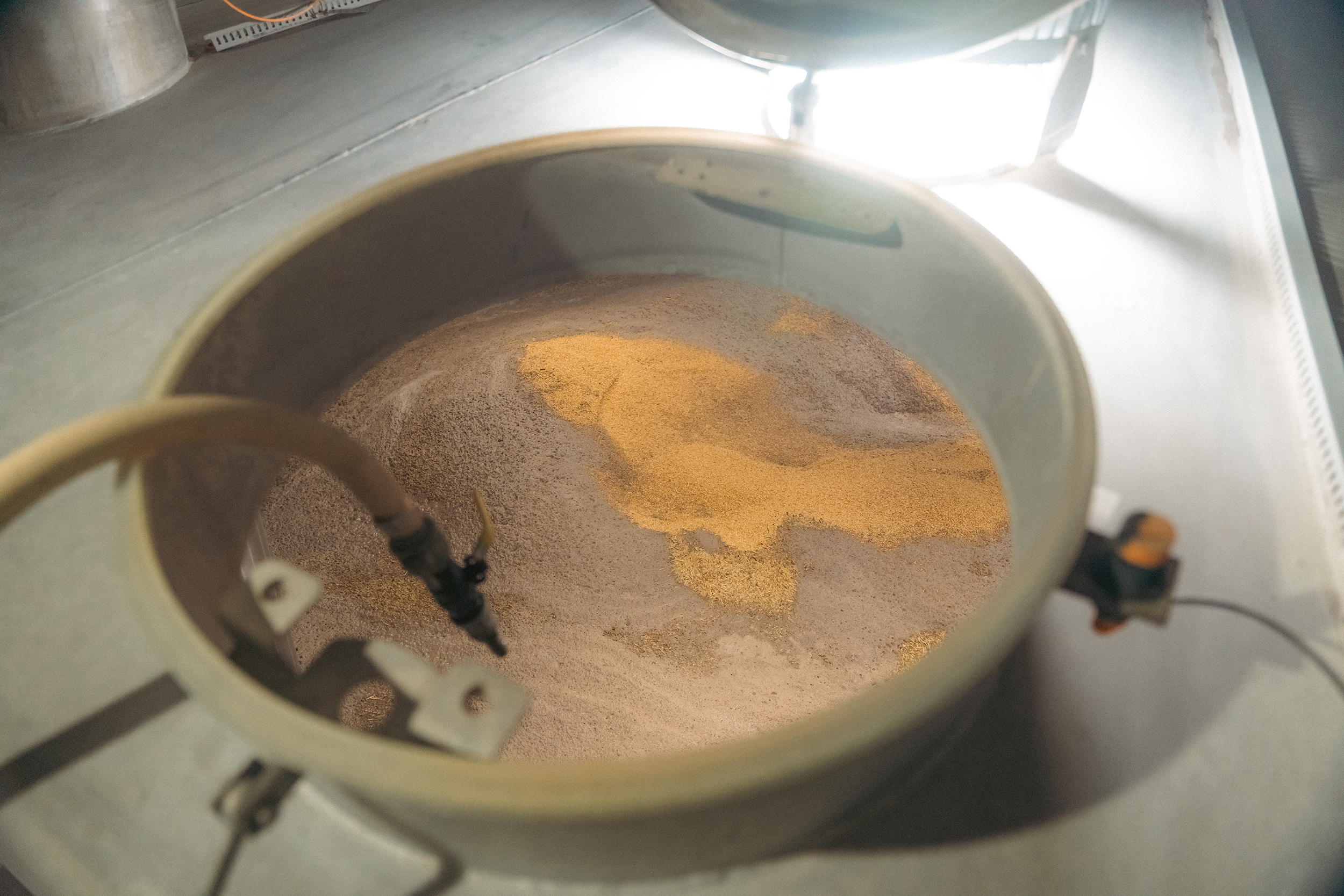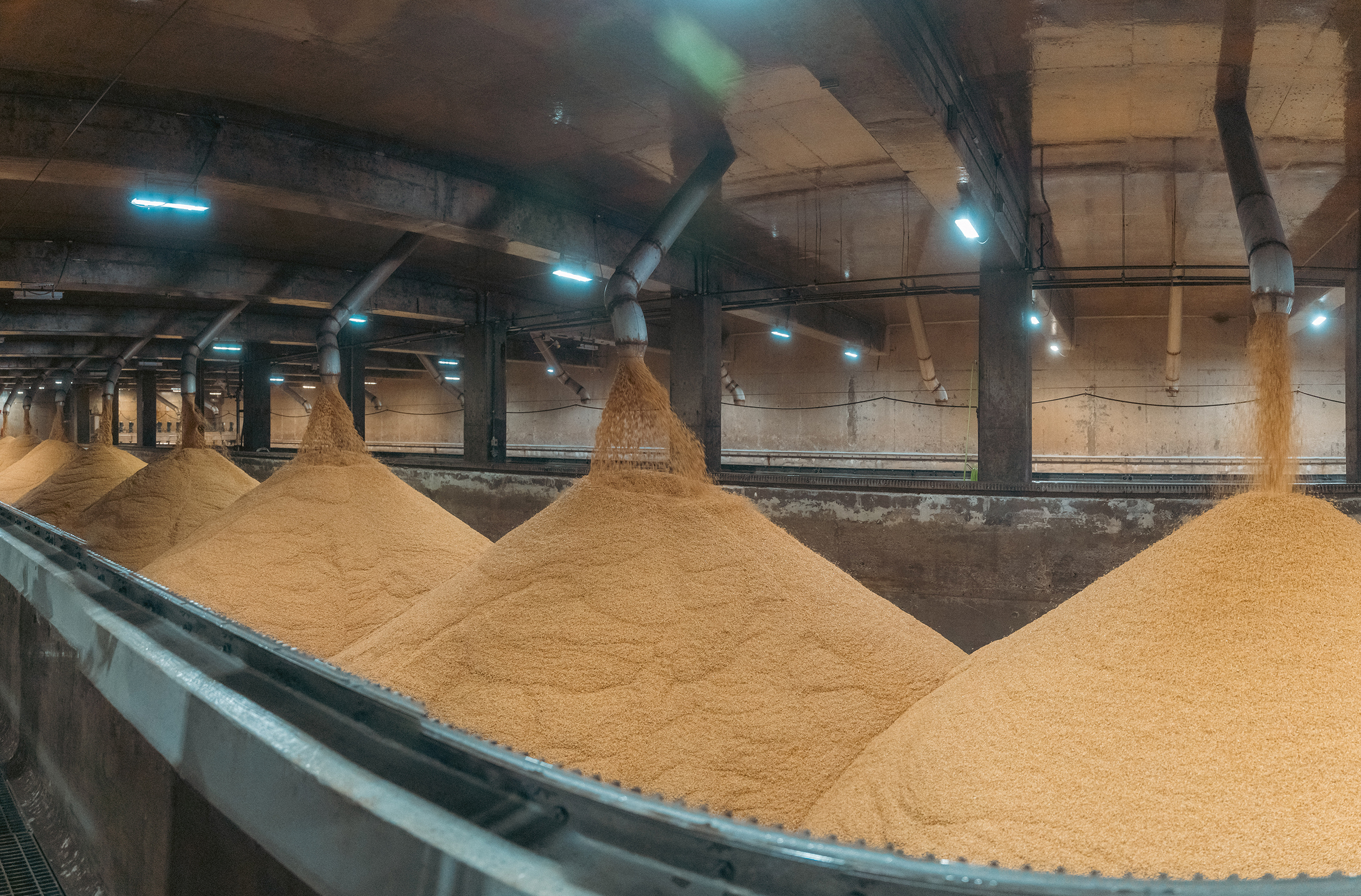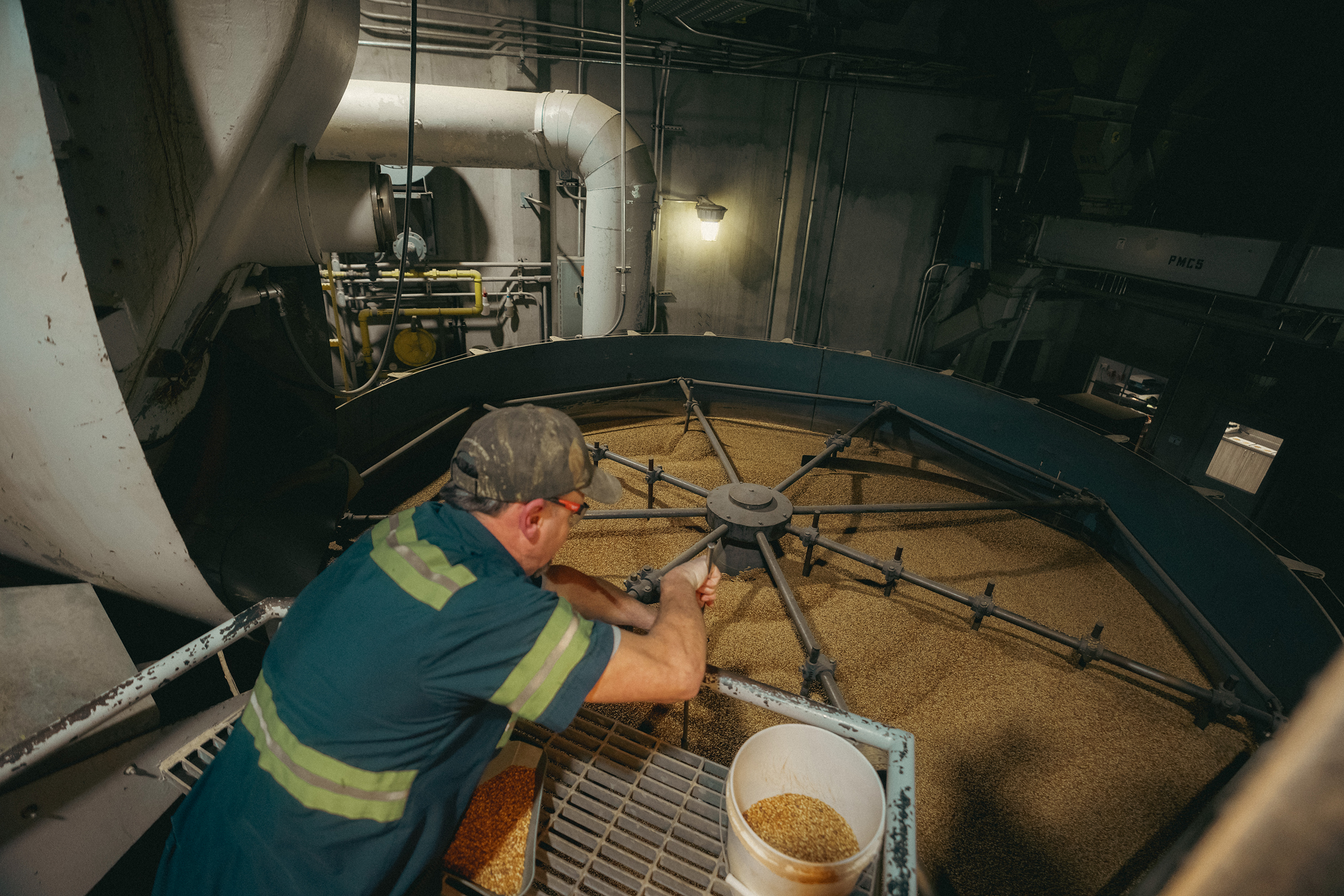What is Malt?
Malted barley, or ‘Malt’ as it is most commonly known, is a wonderful package of starch, enzymes, protein, vitamins, and minerals plus many other minor constituents that provide the brewer and distiller with their main raw material.
60-65% of the weight of malt is un-degraded starch and malt contains all the key enzymes for starch degradation during the mashing stage of both the brewing and distilling process. These enzymes produce fermentable sugars to supplement the other key nutrients for yeast growth that malt provides. These include amino acids, vitamins, and minerals.








